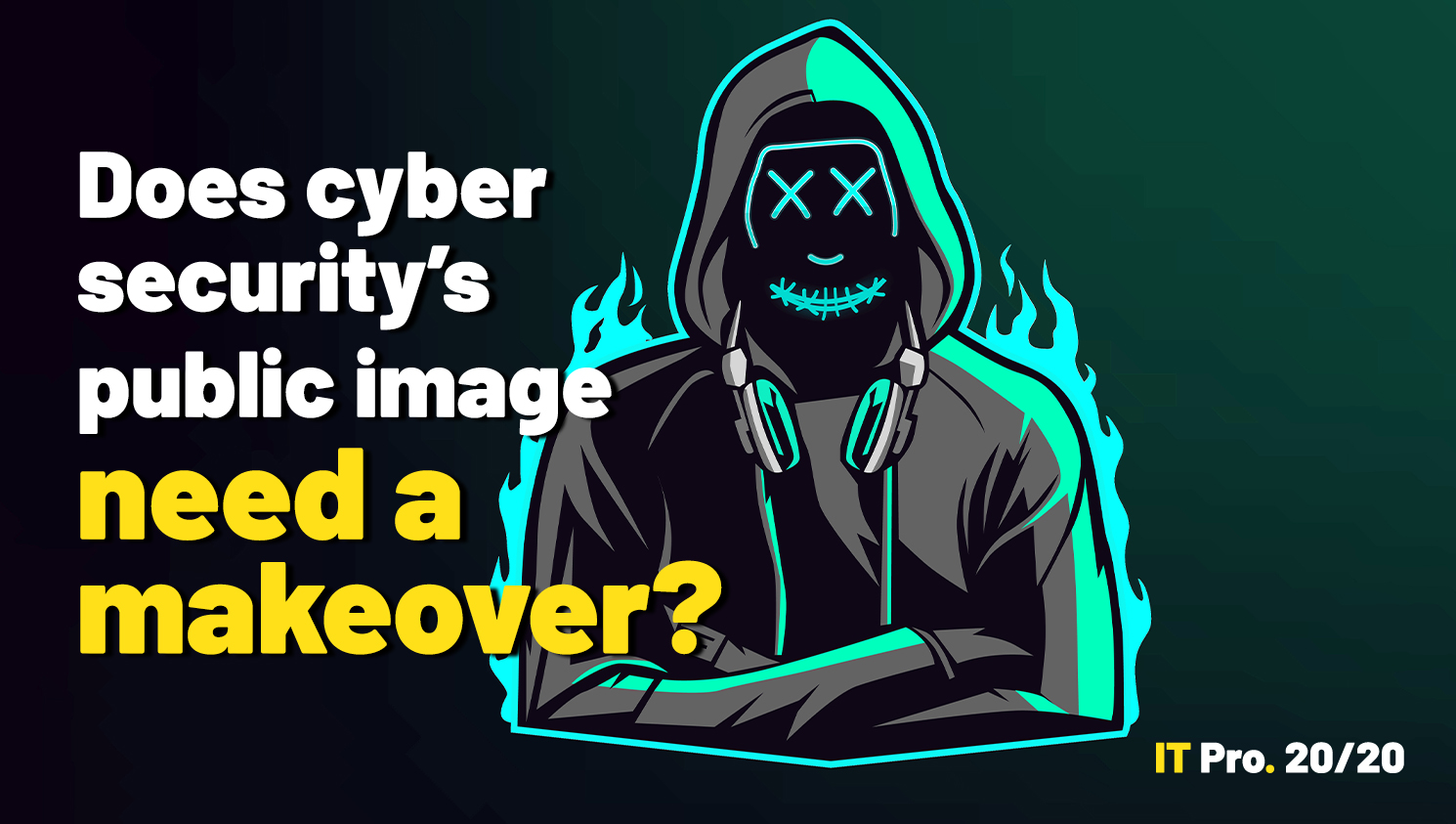Microsoft’s emergency 'PrintNightmare' patch fails to fix critical exploit
The RCE flaw embedded in the Print Spooler component can still be exploited when 'point and print' is enabled


An emergency patch released to address the PrintNightmare remote code execution (RCE) vulnerability in Windows is said to have been unsuccessful, with hackers still being able to infect targeted devices, researchers have warned.
Microsoft released the patch this Tuesday outside of its routine Patch Tuesday wave of updates given the severity of the PrintNightmare vulnerability, as well as the fact that exploit code has been circulating online. The flaw has been assigned CVE-2021-34527 and a CVSS threat severity score of 8.8 out of ten.
However, Researcher Benjamin Delpy found that he could still demonstrate successful exploitation on a Windows Server 2019 deployment with the patch installed, and the ‘point and print’ feature enabled.
Point and print is a tool that makes it easier for users within a network to obtain the printer drivers, and queue documents to print.
Microsoft acknowledged in its security alert that the feature isn’t directly related to the flaw, but that the technology “weakens the local security posture in such a way that exploitation will be possible”.
The patch purporting to fix CVE-2021-34527 seemingly hasn’t addressed this particular shortcoming, Delpy’s demonstration shows, with hackers potentially able to bypass the fix and attack victim’s machines, if they have point and print enabled.
The threat stemmed from a vulnerability in the Print Spooler component in Windows systems, which allows print functionality remotely within local networks. Microsoft patched a similar Print Spooler flaw on 8 June, which was initially deemed to be a privilege escalation bug but the company then upgraded weeks later to an RCE vulnerability.
Sign up today and you will receive a free copy of our Future Focus 2025 report - the leading guidance on AI, cybersecurity and other IT challenges as per 700+ senior executives
Following that 8 June patch, researchers with Sangfor published what they believed to be a proof-of-concept exploitation for the same Print Spooler RCE flaw, however, it was later discovered to be an entirely different flaw that hadn’t been previously disclosed.
RELATED RESOURCE

IT Pro 20/20: Does cyber security's public image need a makeover?
Issue 18 of IT Pro 20/20 looks at recent efforts to retire the 'hacker' stereotype, and how the threat landscape has changed over the past 20 years
Although the researchers promptly removed their work, the gaffe led to the exploit code being downloaded and republished elsewhere, with Microsoft confirming a few days later that hackers had exploited the flaw.
Microsoft previously recommended that businesses disable the Print Spooler service or inbound remote printing through their group policy - until a patch became available. The first mitigation deactivates the ability to print locally or remotely, while the second one blocks the remote attack vector by preventing inbound remote printing operations. Local printing would still be possible, though.

Keumars Afifi-Sabet is a writer and editor that specialises in public sector, cyber security, and cloud computing. He first joined ITPro as a staff writer in April 2018 and eventually became its Features Editor. Although a regular contributor to other tech sites in the past, these days you will find Keumars on LiveScience, where he runs its Technology section.
-
 Two Fortinet vulnerabilities are being exploited in the wild – patch now
Two Fortinet vulnerabilities are being exploited in the wild – patch nowNews Arctic Wolf and Rapid7 said security teams should act immediately to mitigate the Fortinet vulnerabilities
-
 Everything you need to know about Google and Apple’s emergency zero-day patches
Everything you need to know about Google and Apple’s emergency zero-day patchesNews A serious zero-day bug was spotted in Chrome systems that impacts Apple users too, forcing both companies to issue emergency patches
-
 Security experts claim the CVE Program isn’t up to scratch anymore — inaccurate scores and lengthy delays mean the system needs updated
Security experts claim the CVE Program isn’t up to scratch anymore — inaccurate scores and lengthy delays mean the system needs updatedNews CVE data is vital in combating emerging threats, yet inaccurate ratings and lengthy wait times are placing enterprises at risk
-
 IBM AIX users urged to patch immediately as researchers sound alarm on critical flaws
IBM AIX users urged to patch immediately as researchers sound alarm on critical flawsNews Network administrators should patch the four IBM AIX flaws as soon as possible
-
 Critical Dell Storage Manager flaws could let hackers access sensitive data – patch now
Critical Dell Storage Manager flaws could let hackers access sensitive data – patch nowNews A trio of flaws in Dell Storage Manager has prompted a customer alert
-
 Flaw in Lenovo’s customer service AI chatbot could let hackers run malicious code, breach networks
Flaw in Lenovo’s customer service AI chatbot could let hackers run malicious code, breach networksNews Hackers abusing the Lenovo flaw could inject malicious code with just a single prompt
-
 Industry welcomes the NCSC’s new Vulnerability Research Initiative – but does it go far enough?
Industry welcomes the NCSC’s new Vulnerability Research Initiative – but does it go far enough?News The cybersecurity agency will work with external researchers to uncover potential security holes in hardware and software
-
 Hackers are targeting Ivanti VPN users again – here’s what you need to know
Hackers are targeting Ivanti VPN users again – here’s what you need to knowNews Ivanti has re-patched a security flaw in its Connect Secure VPN appliances that's been exploited by a China-linked espionage group since at least the middle of March.

